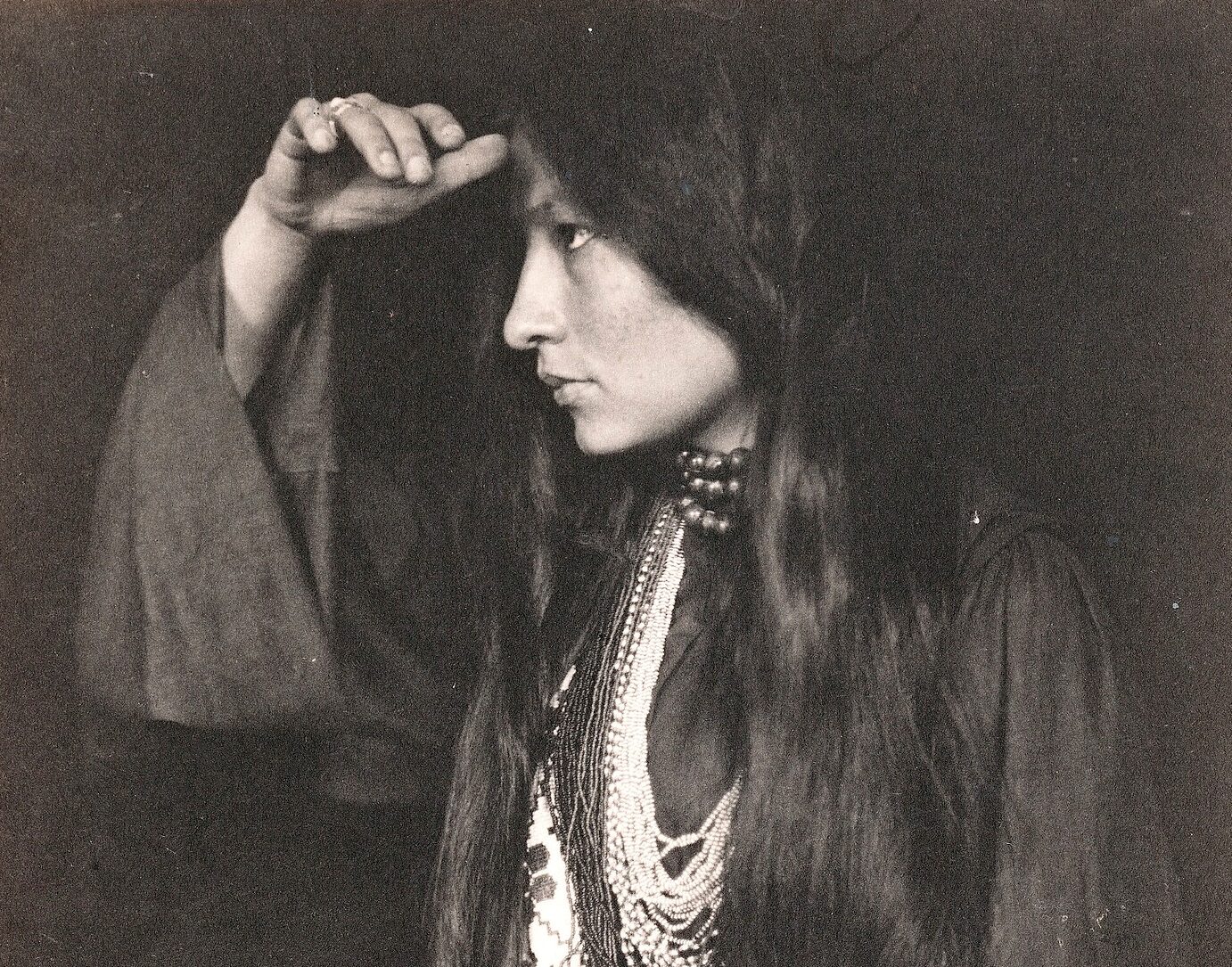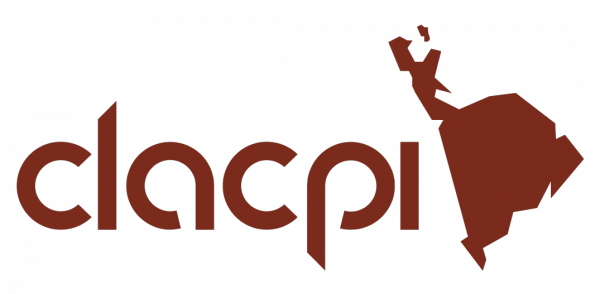Call for Papers
INDIGENOUS CINEMA IN PERSPECTIVE. GAZES, HISTORIES AND RESISTANCES
We at CLACPI (Latin American Coordinator of Cinema and Communication of Indigenous Peoples) are pleased to announce the opening of the submission of articles or essays for the publication of a monograph on «indigenous cinema». This work will comprehensively address the issue of «indigenous cinema» from all possible perspectives and, consequently, will delve into all the prototypical features (historical, artistic, aesthetic, philosophical, procedural, cultural, political, etc.) that allow us to identify the distinctive character of «indigenous cinema». In recent decades, there have been important changes in the historical conditions that determine the creation of cinematic representational frameworks related to indigenous peoples. In this sense, it is necessary to recall that, practically since the beginning of the history of cinema, at the end of the 19th and the beginning of the 20th century (through the fleeting records of Gabriel Antoine Veyre and, later, with the works of Luiz Thomaz Reis or Robert Flaherty, among others), the indigenous person has been a forced object and an involuntary strategic source in the construction and legitimation of the hegemonic «visual» regime in the modern Western cultural enterprise. In this way, the historical itinerary of the various cinematographic approaches to the indigenous «lifeworld», in which the usual analogies with the exotic, the mythical, the strange, the savage, the irrational, the primitive, the amoral, the original, the pure, the monstrous, the unchanging, the authentic, appear (and to which, in turn, the authentic is reduced), is traced, (and to which, more recently, stereotypical and mystifying images of supposedly idyllic environmental prescriptions have been added), constitutes a very useful exercise in revealing the hidden logic through which colonial domination has been staged and the limits within which Western «monological» self-reflection is expressed.

CALL FOR PAPERS
Monographic book on «indigenous cinema»
«Indigenous cinema in perspective.
Gazes, histories & resistances»
Deadline: 19 May 2025


More recently, however, as a result of the struggles and resistances of indigenous peoples, we have witnessed the emergence of a specific cinematic approach, a unique and distinctive way of seeing, which focuses on local production (through indigenous filmmakers, collectives and film schools) and, at the same time, on the search for communicative sovereignty by indigenous peoples. Contrary to all kinds of distorting clichés and mechanisms of concealment, this visual approach (also full of nuances, interests and thematic variations) introduces, in general terms, a critical and more complex approach (spiritual, political, cultural, organizational, etc.) to Indigenous reality.
In this context, the fundamental aim of the monograph is to explore the nature and all those derivations or concomitant aspects (right to communication, relationship with the non-indigenous technological fact, its relevance for socio-political transformation, the function of one’s own communication, the indigenous perspective from a gender approach, etc.) that have to do, directly or indirectly, with the phenomenon of «indigenous cinema».
On the one hand, it is understood that one of the most notable aspects of reflection in this regard undoubtedly relates to the difficulty of establishing some kind of minimal definition of what «indigenous cinema» is or can essentially be. This is a problematic issue, with obvious consequences in practical reality, which is by no means exhausted or resolved, and which refers to cinema produced by indigenous filmmakers as a possible necessary and/or sufficient factor for speaking of «indigenous cinema».
It is also impossible to ignore the controversial issue of the strategies used for the real (and not rhetorical) appropriation of those frameworks and tools that can influence Indigenous audiovisual self-representation. At this point, it is worth mentioning the political capacity of «indigenous cinema» to enter fully into the struggle for semantic control, and thus to break away from the deep structures of domination that underlie the hegemonic view of the indigenous (and which, incidentally, disguise the iron grip of old colonialism with unprecedented masks).
Finally, and related to the above, it is interesting to address in this monograph the extent to which cinematic communication, faced with the challenge of constructing its own narrative frameworks, effectively responds to the urgent need of Indigenous Peoples to adequately visualise the organisational processes, struggles, resistances, conflicts and problems that exist today. In short, to what extent has «indigenous cinema» also become a useful tool for dialogue and intergenerational transmission to strengthen the sense of belonging and indigenous cultural identity.
Taking all of the above into account, the criteria for the selection of content for this monograph will be guided by the broadest possible overview, thus attempting to delve deeper into the phenomenon of «indigenous cinema» from all possible perspectives and approaches.
Therefore, CLACPI (Latin American Coordinator of Indigenous Cinema and Communication) invites all its members, as well as any experts, filmmakers or interested individuals (indigenous or non-indigenous) to submit original writings for this monograph dedicated to «Indigenous Cinema». Philosophical, artistic, political, aesthetic, historical, symbolic, sociological, ethical, epistemological, etc. approaches will be welcomed.
Below are some possible topics (although the book is not limited to this list):
- The nature and foundations of «Indigenous Cinema».
- Indigenous communication and appropriate communication of «Indigenous cinema».
- The foundations of Indigenous visual culture.
- History of Indigenous cinematic representation.
- Paradigmatic examples of Indigenous Cinema from around the world.
- Spaces, functions and connections of Indigenous Cinema in the global film industry.
- Ethical and spiritual criteria for filmmaking in an Indigenous context.
- Modes of Indigenous cinematic representation (statements, images, ideological structures, narrative order, etc.).
- New images of Indigenous peoples (new codes, modes of perception and social practices, etc.).
- Non-indigenous filmmakers and their relationship to «Indigenous cinema».
- The problem of «authorship» in Indigenous film production.
- Modes, strategies and limits of appropriation of audiovisual technologies.
- Themes, strategies and dynamics of control of the representational frameworks of «indigenous cinema».
To prepare texts for the monograph book, please consult our publication guidelines for authors.
The deadline for submissions is 19 May 2025.
Submissions should be sent to the following email address: clacpi.editorial@clacpi.org
For any other information related to the Monograph Book, please contact CLACPI at the following email address: clacpi.editorial@clacpi.org

 Coordinadora Latinoamericana de Cine y Comunicación de los Pueblos Indígenas
Coordinadora Latinoamericana de Cine y Comunicación de los Pueblos Indígenas